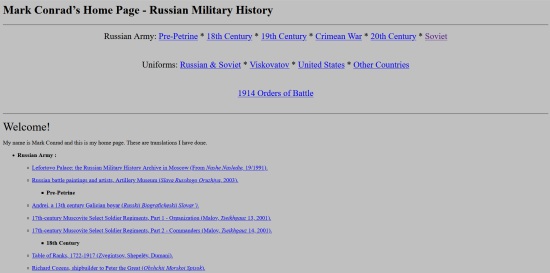

Warhorse in the Modern Era: Breeder to Battlefield, 1600-1865
Ann Hyland
262 pages Hardback
Price: £21.50 GBP
The modern era saw a period of tremendous transition for the warhorse which began with the change from the accepted, but erroneous, concept of the Medieval Great Horse whose body mass was not always so great, to the better bred, more mobile, speedier animal that evolved from the seventeenth to the nineteenth century. Many changes hinged on four breeds of horse: the Arabian, the Barb, the Andalusian, and the English Thoroughbred. All influenced the cavalry of the era, particularly when crossed onto each country's native mares.
Using many eyewitness accounts by those who took part in these and other campaigns, as well as official sources, Ann Hyland gives us a moving picture of the sacrifices demanded of – and made by, with so little complaint – this most noble of creatures. In the midst of dreadful carnage and in often appalling conditions, we catch glimpses of the bond which existed between these horses of war and the men who rode and cared for them. The Warhorse in the Modern Era is a fascinating and readable book which will appeal to both military history buffs and horse lovers alike.

Warhorse in the Modern Era: From the Boer War to the Beginning of the Second Millennium
Ann Hyland
260 pages Hardback
Price: £21.50 GBP
In the last volume in her acclaimed Warhorse series, she draws on primary sources and first-hand accounts to give a comprehensive account of the horse in war from the Boer War to the beginning of the second millennium. In the late nineteenth and early twentieth centuries, the horse was used in traction, in cavalry, and in pack, in ever increasing numbers. The veterinary profession entered into an era of major progression, much of its craft learnt on the battlefield and in the veterinary hospitals close to the scenes of action.
Mules also continued to play their part in traction and pack, and in some areas the donkey too, as a water carrier in the Dardanelles, in the First World War. In the mud of the Western front in the First World War in 1914 to 1918, mechanical transport bogged down, so horse-drawn transport was often the only means of getting essential supplies to the front. Even in the Second World War (1939 to 1945) the horse was indispensable in Russia's frozen wastes, while in Afghanistan the use of horses and other equids among the military is ongoing.

Sir John Moore And The Universal Soldier Volume 1: The Man, The Commander And The Shorncliffe System Of Training
Summerfield (S.) & S. Law
274pp., well-illustrated
Price: £25.00 GBP
This third book in the successful Shorncliffe Lecture Series sets out to put into context Moore's moral compass, principals and experiences that created his philosophy and internal discipline that was key to the "Shorncliffe System of Training." Moore's own diary entries, letters, recollections of his family, friends, newspapers, contemporary drill manuals and those who served with him have been used. It also includes the less well known, Moore's Instructions to the Battalions of Irish Militia Light Infantry of 1798.








